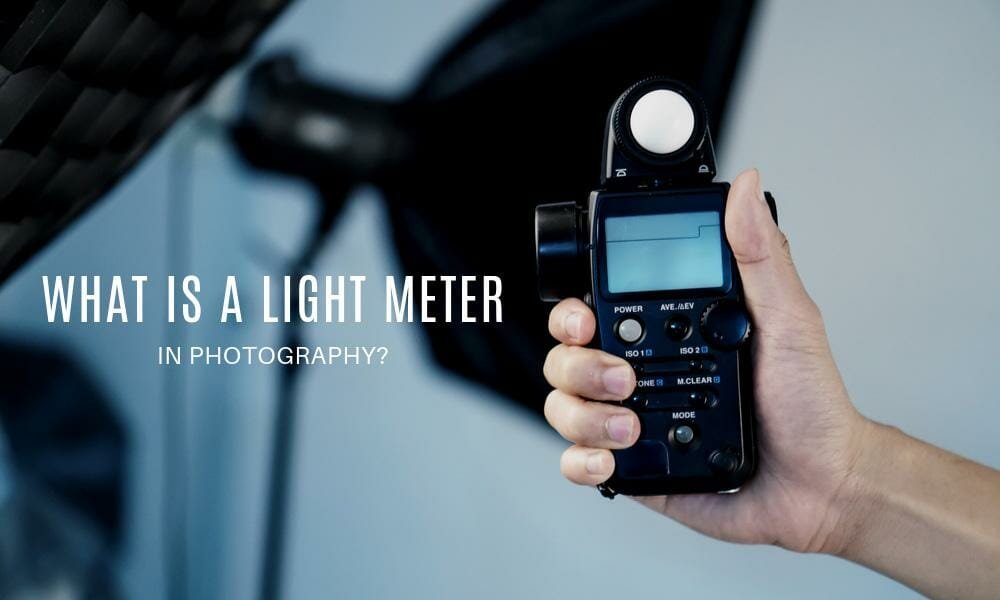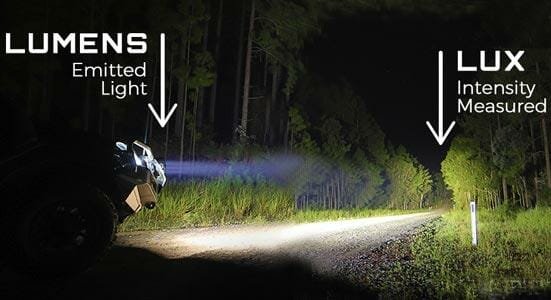Be it the kitchen, restroom, bedroom, or gallery, every space requires a particular amount of light intensity or light output. To ensure whether the light source you’ve chosen is enough for its intended application, you must measure its intensity or output. Today, this has become all the more critical as the lighting industry has a wide range of light level recommendations for securing adequate lighting conditions for all home space types and applications. And the best device to measure the light intensity is a light meter or Digital Lux Meter.
If you want to know how to use a lux meter, what does “lux” stands for, and several other useful things in this regard, this article is for you. In this article, I’ll cover:
● What is the best metric to measure light intensity?
● What are lumens & lux?
● Some common light measurements
● How to choose the ideal light intensity?
● How to use a Digital Lux Meter?
● Last but not least, applications of a Digital Lux Meter
Now, let’s kickstart today’s discussion
What is the best metric to measure light intensity?

The best metric to measure light intensity within a confined space is “illuminance”. It’s measured in either lumen per square foot (footcandles) or lumens per square meter (lux). By measuring the amount of light falling over a surface, you can infer what an adequate amount of light is for the various day-to-day chores.
What are lumens & lux?

As mentioned above, lumens and lux are two different terms and shouldn’t be confused with either. Let’s first understand what lumens is. In general terms, a lumen is a unit of measurement of the amount of light visible to a human eye. While choosing light bulbs or other light fixtures for any purpose, you will find them rated in lumens. The higher the lumens, the “brighter” that particular light bulb or fixture will be and vice-versa.
Here again, you’d not confuse lumens with watts as the latter simply signify energy consumption of the bulb or light fixture.
Now, let’s understand what lux is. Lux is defined as the number of lumens falling per square foot (foot-candles) or lumens per square meter (lux).

To have a clearer picture about lux, say, there is a light source with 1,000 lumens spread evenly over a surface area of one square meter. The illuminance, in this case, will be 1,000 lux. However, as the area over which these 1,000 lumens spread increases, the light intensity will “decrease”. That is if the area increases to ten times, lux will go down to around 100 lux!! Hence, a light bulb will brighten up an entire room but the same won’t hold for illuminating the terrace using the same bulb.
Some common light measurements
So, now that you are familiar with the common light intensity measurement terms like lumens and lux, you’d be likewise familiar with their significance in the real world. Let’s consider some common settings for this purpose. In a typical classroom, an ideal illuminance of 300-500 lux is recommended. While a laboratory of identical dimensions will require 750-1200 lux considering the type of work these two spaces usually indulge in. These differences in the light levels for different settings is governed by the Illuminating Engineers Society of North America or IESNA.
Other examples of different light levels are:
● A bright summer day: 100,000 Lux
● A full daylight: 10,000 lux
● An overcast day: 1,000 lux
● Standard office lighting: 300-500 lux
● Common stairway: 50-100 lux
● Twilight: 10 lux
● A full moon: <1 Lux
How to choose the ideal light intensity?
Choosing the ideal light intensity is critical as adequate light levels not only aid you in visualizing things around you but also set up the perfect environment the particular space is intended for. For example, an office won’t be an ideal space to light up with the lighting intended for a household and vice-versa.
To choose the ideal light intensity, it’s vital to take cognizance of the different uses of the CONCERNED space, the ages of the people who have been resolved to use that space, and for how long they plan to occupy that space. For a better understanding, consider an office space.
An illuminance of around 300-500 lux is considered an ideal light intensity for an office space taking into account all the above three factors. However, this still doesn’t mean that every corner or room of the office will require the same light intensity. Say, in conference rooms or rooms for high-profile meetings, the illuminance will drop as such rooms don’t need much lighting and aren’t occupied the whole day.
On similar grounds and usage, every standard space will require different levels or intensities of lighting.
How to use a lux meter?

To determine and measure how much light is adequate for different purposes, there’s a device called “lux meter“. It’s a simple device and can be used both personally and professionally. To know how it works, read on.
● Measure ambient light in the room
To begin with, you need to measure the ambient light in the room whose light intensity you’re about to measure. This is done to determine how much existing lighting (after all possible light fixtures are turned off) will add to space when all light fixtures will be turned on.
● Turn on the lights and start taking the measurements
Now, turn on all the light sources and wait for each of them to reach their full brightness levels. After this, set up the lux meter straight up and take the measurements.
● Note your delta (differential) reading
Delta or differential reading is the difference between space’s ambient lighting level and illuminated level. Using this reading, you can make out if space is optimally lit or there is any need for additional lighting.
● Repeat the process for other areas as well
Repeat the above steps for the other areas of the room to maintain consistency in the lighting. As in theory, the reading of the lux meter should be consistent for every nook and corner of the room.
Applications of a lux meter
A lux meter finds application in several fields like:
● Video editing and photography
To obtain the best picture and video quality, the photographers take cognizance of the light intensity around the camera to adjust the shutter speed and depth of the field accordingly. In the shooting of films or television programs, a Digital Lux Meter ensures a consistent brightness of the various scenes on the screen.
● Industrial health and safety regulations
In an industry, a lux meter ensures an optimal light intensity for the safety of the workers working there. This is because every industry ought to have minimum light intensity levels for different purposes it tends to serve.
● Photographic measurements
To adjust the camera’s aperture number and exposure setting for capturing perfect shots, a photographer requires a lux meter.
Final words
Ensuring adequate lighting for every space is a must. Be it any household space or any other space like an office, hospital, classroom, etc., a lux meter is the best device you can use to measure the current lighting and how much additional lighting is required.

